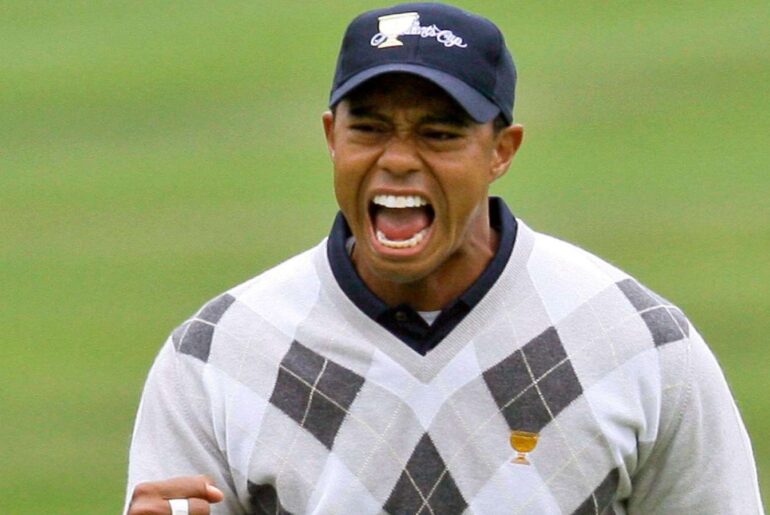Throughout most of his illustrious career, Tiger Woods has battled through injuries, claiming wins while hobbling on one leg, enduring agony as he walked, and constantly reconstructing his swing due to physical limitations. Medical experts outside his inner circle are now declaring that if the decision were theirs, he would never compete professionally again.
Last Saturday, Woods disclosed that he had undergone lumbar disc replacement surgery. The procedure marked yet another in a lengthy series of back operations that have characterised the second half of his golfing journey. The 15-time major PGA Tour champion outlined his reasoning in a public statement.
“After experiencing pain and lack of mobility in my back, I consulted with doctors and surgeons to have tests taken,” Woods wrote. “The scans determined that I had a collapsed disc in L4/5, disc fragments, and a compromised spinal canal.
“I opted to have my disc replaced yesterday, and I already know I made a good decision for my health and my back.” Golf fans have subsequently called for Woods to hang up his clubs permanently online.
The surgery, carried out by Dr. Sheeraz Qureshi and his medical team at the Hospital for Special Surgery in New York, was deemed “successful.”
Nevertheless, as Woods recuperates, the matter of whether he should return to competition has sparked heated online discussions.
An insider close to Woods revealed to journalists that he “wants to push himself until there’s nothing more he can do,” and that a comeback remains a personal ambition, despite no clear timeframe being established.
Dr. Kern Singh, a renowned spinal surgeon and co-director of the Minimally Invasive Spinal Institute at Rush in Illinois, has warned that while Tiger Woods could technically return to professional golf, it may not be advisable.
“Physiologically, yes, a return to professional competition is possible if healing proceeds uneventfully,” Dr. Singh stated to the Daily Mail.
“Disc replacement aims to restore normal segmental motion and reduce the stress on adjacent levels – critical for an athlete reliant on rotational power. However, given his extensive surgical history, age, and the cumulative toll on his spine, the risk-benefit balance becomes more nuanced.
“While he can return, whether he should depends on his tolerance for risk, long-term spinal health priorities, and quality-of-life considerations beyond golf. The more surgeries one accumulates, the narrower the margin for error becomes.
“I believe the major limitation for Tiger will be his leg and not his back.” Dr. Singh, who also serves as the team physician for the Chicago Bulls and Chicago White Sox, noted that the usual recovery period from a disc replacement surgery lasts four to six weeks before gradual rehabilitation begins.
Yet, he cautioned that for elite-level performance, particularly for a golfer whose body depends on torque and fluid motion, the process could extend to six months, or even a full year.
Woods’ latest season in 2024 indicated a decline in his play alongside his physical condition.
He withdrew from The Genesis Invitational in February, placed 60th at The Masters, and failed to make the cut at the PGA Championship, U.S. Open, and The Open.
His most recent completed tournament on the PGA Tour was at Augusta in 2024, where he scored a 16-over 304.







